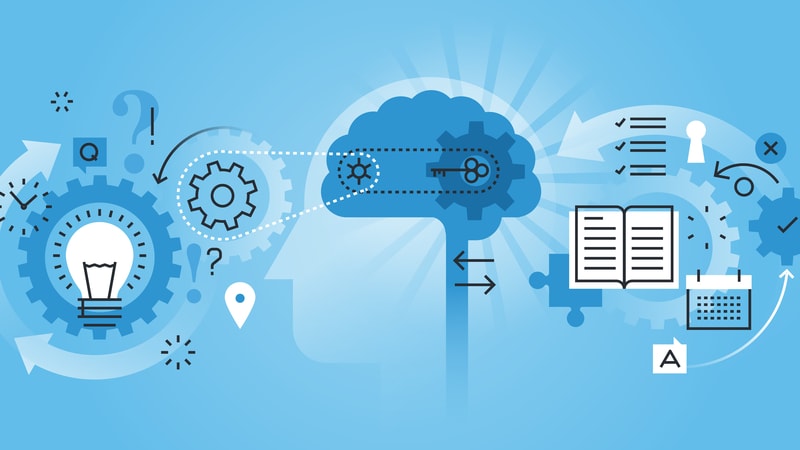
Federal IT leaders discussed the opportunity to share applications across government to reduce duplicative efforts and costs, and improve employee and customer experiences at ServiceNow’s Knowledge 2019 Conference.
There are significant opportunities for application consolidation, particularly for agencies who share a similar mission, noted two Federal inspector general officials speaking at the conference.
“A lot of our processes are the same … so why not share?” asked John O’Grady, chief of mission and business support systems at the Department of Health and Human Services Office of Inspector General (HHS OIG).
O’Grady said HHS OIG is working to reduce reliance on legacy applications, building new applications on the ServiceNow platform. Starting their journey in November, he said three apps are already in production, highlighting one that solves a headache many Federal agencies share.
“One is the Congressional Affairs tracker. We get requests from Congress to investigate Medicare and Medicaid programs,” O’Grady said.
The next step is to scale applications like the Congressional Tracker across agencies with similar missions and processes, to achieve economies of scale, enable analytics and new insights, and share best practices.
“Our goals are taking integrated applications that have been in our ecosystem for 25 years and move to a more modern platform with lower O&M costs, better integrations, and more sensibility,” he added.
“We are actually looking at … one as-a-service platform instance for all 73 inspectors general,” said Debra Gilkey, IT data analyst at the U.S. Postal Service Office of Inspector General (USPS OIG). With that collaboration in place, OIGs would have “one consistent control, one consistent policy, and be as efficient as possible,” she said.
While that level of collaboration may still be over the horizon, USPS OIG is currently taking advantage of the ServiceNow IT Service Management platform as they explore opportunities to improve service delivery to USPS teams and external customers.
Gilkey said the platform is providing more transparency and supporting proactive analysis, as the audit team can track trends, look for anomalies, and address issues.
“We have ServiceNow for ITSM and we’re just introducing some of the ITBM (IT Business Management) capabilities,” said Gilkey. “…one of the applications we’re looking to integrate is GRC [Governance, Risk, and Compliance] auditing.”
Gilkey also highlighted ServiceNow’s integrations, noting that her team tests potential additions in a sandbox environment before acquiring new solutions.
Collaboration can also be an internal journey, especially in an IT environment as large as the State Department. With a distributed IT system and nearly 400 bureaus around the world, coordinating efforts and gaining visibility across the enterprise is a journey that requires a roadmap.
Ken Rogers, deputy CIO at the State department explained the agency was originally modernizing in a decentralized fashion on the ServiceNow platform.
State was developing pockets of excellence, but recognized there were silos.
“We launched a cloud strategy to streamline where we’re trying to go, and bring that together,” Roger explained. The goal is a “smart, architected approach to use ServiceNow effectively across the IT organization.” He noted they are exploring different workflow activities for the employee and customer, to continue to improve service levels.
The enterprise approach from State’s CIO office isn’t just centralization for IT’s sake – it will support the mission through common security controls, reduced duplication, a better understanding of the tools at hand, and improved data quality.
To support the streamlining effort, the CIO office implemented ServiceNow’s Software Asset Management tool to create an accurate, up to date, single system of record for IT infrastructure.
“We did a quick sprint with the Software Asset Management (SAM) tool where we took a couple of our discovery tools, fed the SAM tool with the data, and started using the tool and the capability,” he said.
“We were able to iterate, and it was quite fascinating – after all the bureaucratic stuff got out of the way, we had the system up in three days and we were iterating capability from that.” In contrast, he said the legacy approach would have taken 18 months.
SAM also enabled the State Department to improve its FITARA (Federal IT Acquisition Reform Act) score by making compliance with the MEGABYTE Act easier, and sending data to the Government Accountability Office (GAO) more quickly, Rogers said.
